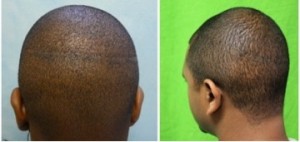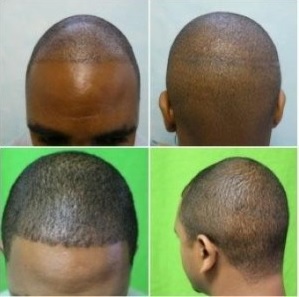If you experience hair loss, thinning and balding, you may experience diminished self-confidence and negative self-esteem. In order to treat hair loss in ethnicities, you must first understand the underlying cause. It’s also important to note how your particular hair type affects surgical hair restoration. Both aspects are especially important when considering a follicular unit extraction (FUE).
We also revealed that while Asians have the appearance of more hair density, they also typically have few follicles. This affects FUE in terms of less traditional donor hair on the head. Many will benefit from the expanded donor source with body hair transplantation (BHT).
ETHNIC HAIR TYPE AND HAIR LOSS DIFFERENCES
Nearly 40 million men and 21 million women in the U.S. experience a form of hair loss, according to the American Health Journal. Secondary factors in non-Caucasians regarding hair loss causation factors are more prevalent and also differ. Hair type also affects surgical hair restoration.
African Hair Type and Hair Loss
A main difference between Caucasians is hair type for Africans and those of African descent. Hair is typically curly or kinked. Curled or kinked hair makes excision of each follicle more difficult and increases transection rates during surgical hair restoration. The hair follicle is damaged when transection occurs and will not regrow following the transplant.
The care in the extraction process thus requires an expert FUE surgeon. A surgeon who is experienced and precise will be able to excise each follicle successfully. This minimalizes chances of damage to follicles.
Pattern baldness occurs less than with Caucasians, though it is still the main cause of hair loss. Traction alopecia is also a major hair loss causation factor, which is self-inflicted. Hair loss occurs from gradual hair thinning due to frequent, forceful pulling. Traction alopecia factors include tight braids, weaves and extensions.
Another difference from Caucasians is that Africans and those of African descent have tissue around each hair follicle that tends to be tougher. The tissue also has a more durable attachment to the hair follicle than other races. They also have a higher tendency to develop keloids post surgery, as with the case with Asians.

ETHNIC HAIR LOSS SOLUTIONS
The differences among races affect hair type and hair loss nuances that a FUE surgeon must understand the nuances. He or she should have worked with many different races with superior results and know how to modify surgery based on each patient.

